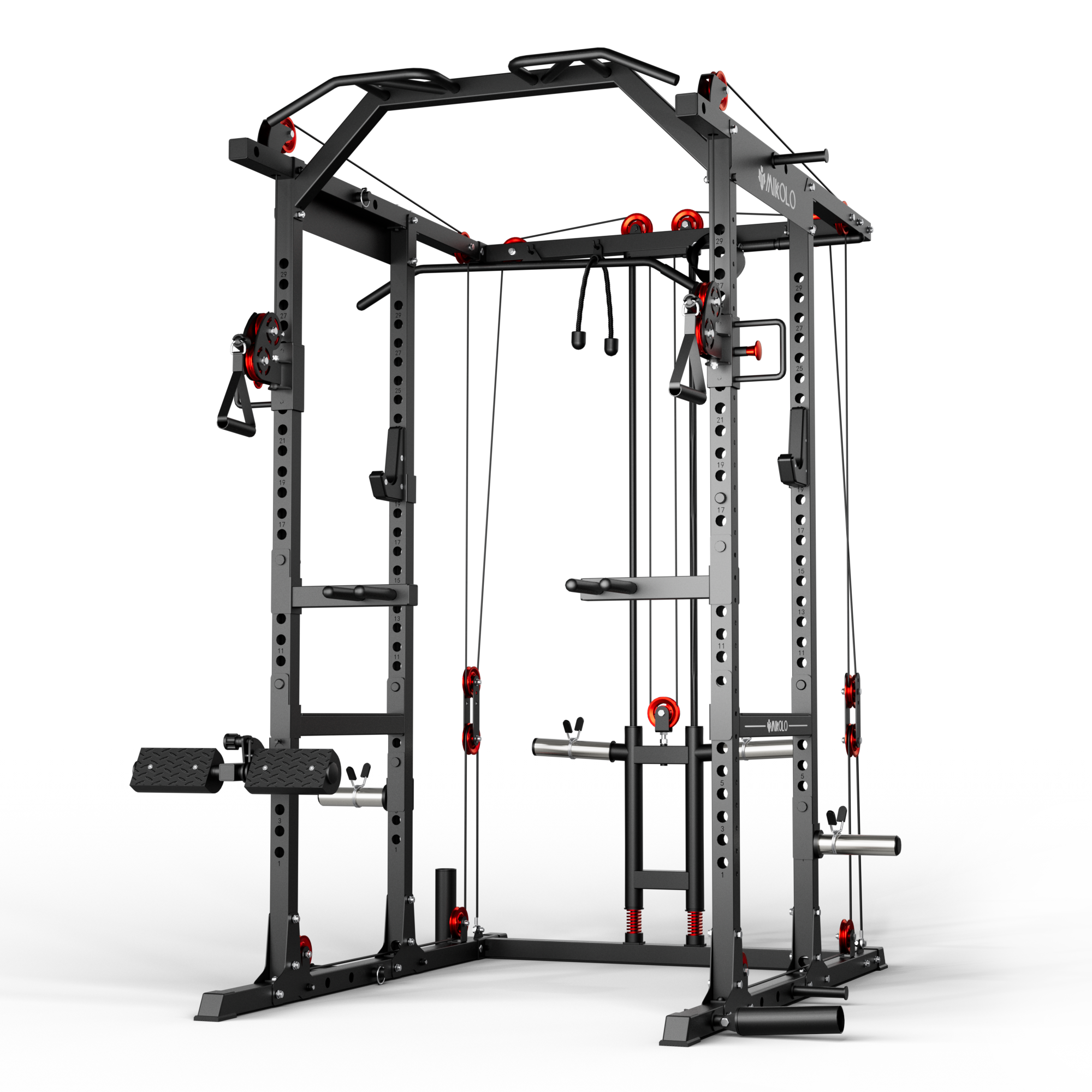If you've ever felt sore the day after a tough workout, you're already familiar with the effects of muscle recovery—whether you realized it or not. But how do muscles recover? What’s really happening behind the scenes while your body heals and grows stronger?
Let’s break down the muscle recovery process in a way that’s practical, evidence-based, and informed by real-life training experience.
What Happens to Muscles During Exercise?
When you lift weights, sprint, or even push through a tough yoga class, you're putting your muscles under stress. This stress causes tiny tears in the muscle fibers—a process known as microtrauma. It’s not harmful in itself; in fact, it’s the trigger your body needs to grow back stronger.
But for that growth to happen, your body must repair and rebuild the damaged tissue. That’s where recovery comes in.
How Does Muscle Recovery Work?
The process of muscle recovery kicks in almost immediately after your workout ends, and it involves multiple systems working in harmony:
-
Inflammation Response
Inflammation isn’t always bad—it’s your body’s natural way of signaling repair. Right after exercise, blood flow increases to the area, bringing oxygen and nutrients while removing waste products like lactic acid. -
Protein Synthesis
This is the critical phase where the real "building" happens. Your body uses amino acids (from dietary protein) to repair and reinforce the damaged muscle fibers. The result? Thicker, stronger muscle tissue. -
Hormonal Activity
Hormones like testosterone, human growth hormone (HGH), and insulin-like growth factor (IGF-1) all play essential roles in regulating recovery. These hormones are elevated after exercise and help signal your muscles to rebuild. -
Cellular Adaptation
Over time, your body gets better at handling the same kind of stress. You build endurance, strength, or power depending on your training style. This adaptation is why progressive overload—slowly increasing the difficulty of your workouts—is so effective.
The Timeline of Muscle Recovery
While recovery varies depending on the intensity of your workout and your fitness level, here's a general guideline:
-
0–24 Hours Post-Workout: Inflammation peaks, muscle soreness (DOMS) may begin.
-
24–72 Hours: Protein synthesis is at its highest. This is a critical window for rest, sleep, and nutrition.
-
3–5 Days: Most soreness fades. Full muscle repair is underway.
-
5–7 Days: Muscles are usually fully recovered and ready for targeted training again—depending on the volume and load used.
What Supports the Muscle Recovery Process?
The body can only do its job if you give it the right tools. Effective recovery isn’t just passive—it’s built on intentional actions:
-
Quality Sleep: Your body releases growth hormone during deep sleep. Aim for 7–9 hours per night.
-
Adequate Protein: Most adults need around 1.6–2.2 grams of protein per kilogram of body weight per day to support muscle repair.
-
Hydration: Water aids in nutrient transport and joint lubrication.
-
Active Recovery: Light movement like walking, mobility work, or swimming can boost circulation without overloading muscles.
-
Stress Management: Chronic stress raises cortisol, which can hinder recovery and muscle growth.
A Personal Reflection: Learning Recovery the Hard Way
In my early years of training, I used to think that pushing harder every day was the key to faster gains. I’d train through soreness, skip rest days, and even ignore sleep just to fit in more workouts.
It backfired.
My progress stalled. I was always tired, irritable, and my strength gains vanished. It wasn’t until I began respecting the process of muscle recovery—eating better, sleeping more, and training smarter—that things changed. Recovery isn’t laziness. It’s where real progress happens.
Final Thoughts
Muscle recovery isn’t just about bouncing back—it’s about growing forward. By understanding how muscle recovery works, you're better equipped to train consistently, avoid injury, and reach your fitness goals with less frustration.













































Leave a comment
This site is protected by hCaptcha and the hCaptcha Privacy Policy and Terms of Service apply.